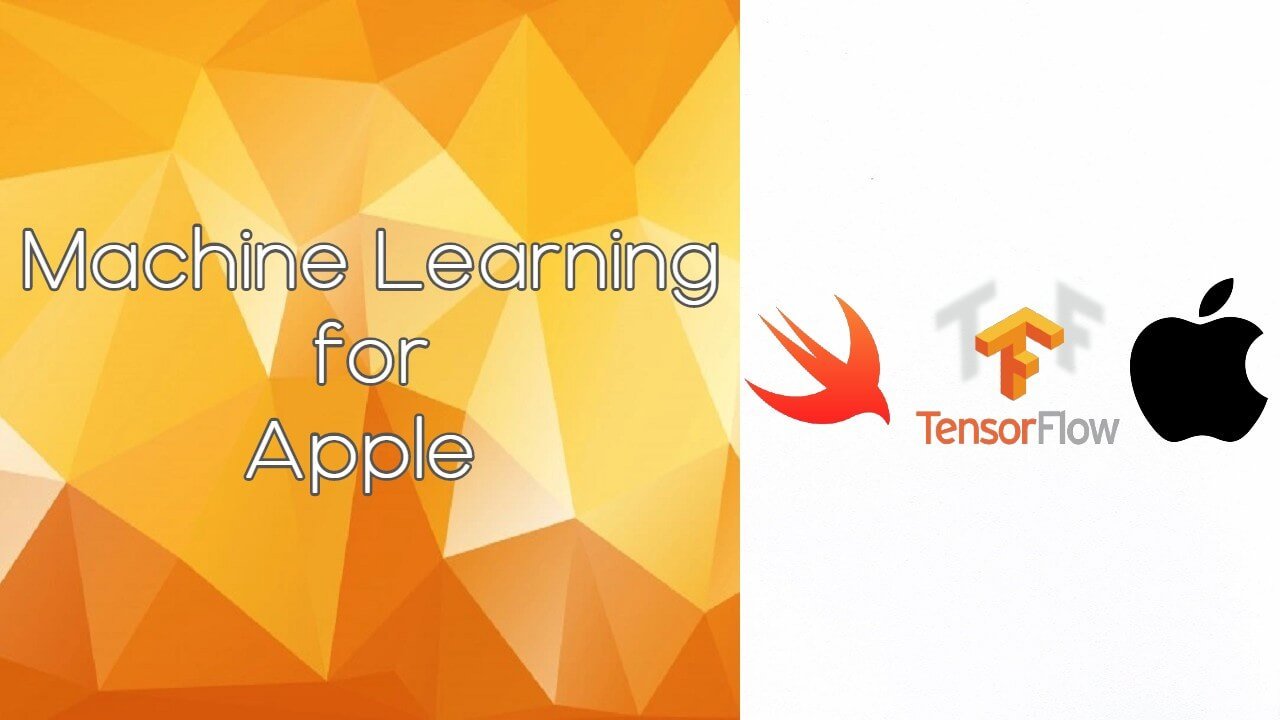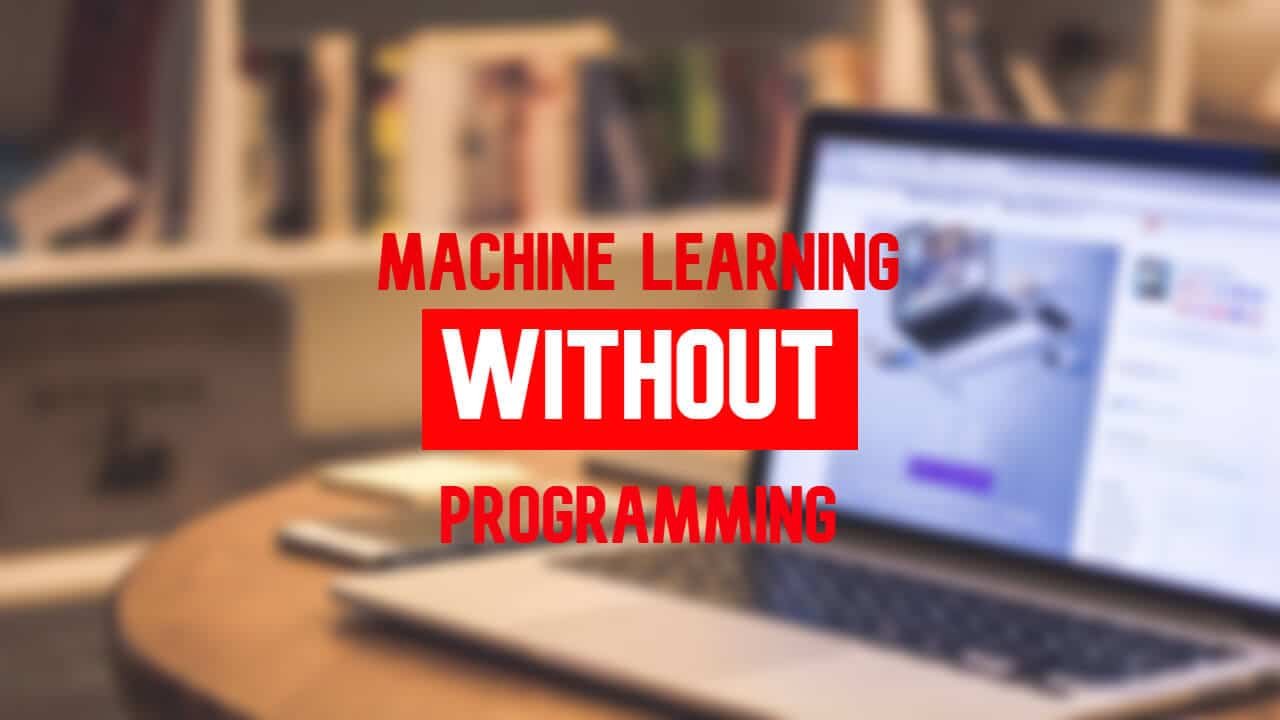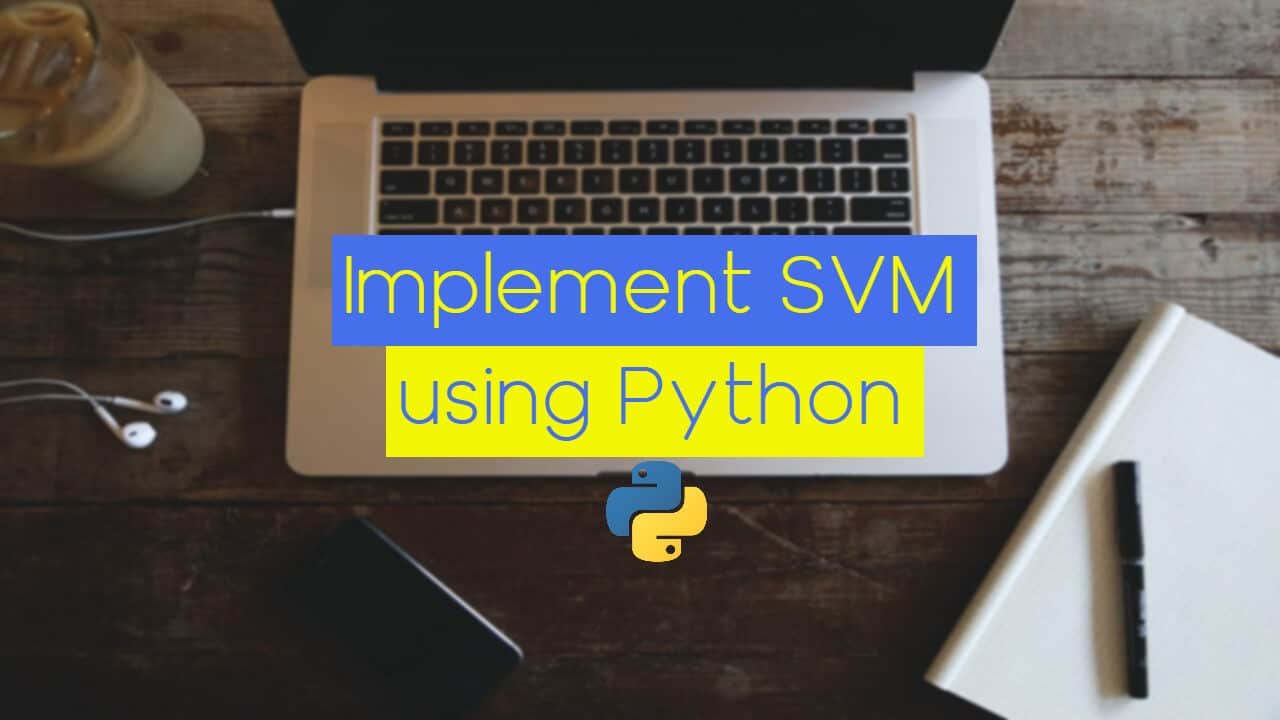If you are interested to become a Machine Learning Specialist, you are in the right place, because here we have the best LinkedIn course that you will love it.
Machine Learning proves to be the future of our civilization, something that will help us to elevate our achievements to the next level, and explore new things, and all in all increase the quality of our life.
The job positions in Machine Learning areas are one of the highest paying in the whole IT industry due to the fact that it requires knowledge in Mathematics, Statistics, Computer Science, and Software Engineering all combined.
Now, to gain knowledge in all of these fields can be time-consuming due to all of those are sciences in themselves.
However, there are huge corporations that have a huge need for experts in these areas and do not have the time that it takes to create these experts as we’ve already mentioned.
One of these corporations is LinkedIn. As we all know LinkedIn is the best place to grow your professional life by being part of a global community of people that have the same interests and experiences as you do.
There are tons of experts at LinkedIn that take part in creating different courses that will help you elevate your knowledge to the next level.
In this article, we are going to talk and review one of those courses and guess what? You can become a Machine Learning Specialist from your home.
Most of these courses require payment, but there is a little hack that you can do, to get the knowledge for FREE.
As we all know, you can upgrade your LinkedIn profile to premium, that way you can access many other services that LinkedIn provides. One of those services is these thousands of FREE courses.
When you activate your premium LinkedIn account it will ask you for your payment details. You will enter them. Do not worry about losing any money, because one week before your trial ends, LinkedIn will send a notification to your email address where you can switch back to a regular account and not pay a thing.
Check our older and related articles below, you might find them helpful:
- FREE Computer Science Curriculum From The Best Universities and Companies In The World
- How To Become a Certified Data Scientist at Harvard University for FREE
- How to Gain a Computer Science Education from MIT University for FREE
- Top 50 FREE Artificial Intelligence, Computer Science, Engineering and Programming Courses from the Ivy League Universities
- Top 10 Best FREE Artificial Intelligence Courses from Harvard, MIT, and Stanford
- Top 10 Best Artificial Intelligence YouTube Channels in 2020
The FREE trial is 30 days, which is more than enough for this 17 hours course to become a Machine Learning Specialist (for better understanding follow the official LinkedIn Explanation).
I must also tell you, that there is a way to do Machine Learning without programming language using WEKA.
Now, let’s get on with the LinkedIn course.
Become a Machine Learning Specialist
LinkedIn:” Are you ready to take a deeper dive into mastering the concepts and techniques involved in machine learning? This learning path shows how machine learning algorithms work and how to design them yourself. There’s a lot to learn in this rapidly growing (and highly recruited-for) field, and these courses will give you an extremely solid skill set.
Explore the concepts and techniques behind designing machine learning algorithms.
Learn how recommendation systems work and how to build them.
Master how to design machine solutions for different applications.”
“Many data science specialists are looking to pivot toward focusing on machine learning. This course covers the essentials of machine learning, including predictive analytics and working with decision trees. Explore several popular tree algorithms and learn how to use reverse engineering to identify specific variables.
Demonstrations of using the IBM SPSS Modeler are included so you can understand how decisions trees work. This course is designed to give you a solid foundation on which to build more advanced data science skills.”
Length: 1h 16m
“Machine learning models often run in complex production environments that can adapt to the ebb and flow of big data. The tools and practices that help data scientists rapidly build machine learning models are not sufficient to deploy those models at scale. To deliver scalable solutions, you need a whole new toolset.
This course provides data scientists and DevOps engineers with an overview of common design patterns for scalable machine learning architectures, as well as tools for deploying and maintaining machine learning models in production.
Instructor Dan Sullivan reviews three technologies that enable scalable machine learning: services that expose models through APIs, containers for deploying models, and orchestration tools like Kubernetes that help manage containers and clusters. Plus, get tips for monitoring the performance of your services in production environments.”
Length: 1h 43m
“Discover how to use Python—and some essential machine learning concepts—to build programs that can make recommendations. In this hands-on course, Lillian Pierson, P.E. covers the different types of recommendation systems out there and shows how to build each one. She helps you learn the concepts behind how recommendation systems work by taking you through a series of examples and exercises.
Once you’re familiar with the underlying concepts, Lillian explains how to apply statistical and machine learning methods to construct your own recommenders. She demonstrates how to build a popularity-based recommender using the Pandas library, how to recommend similar items based on correlation, and how to deploy various machine learning algorithms to make recommendations. At the end of the course, she shows how to evaluate which recommender performed the best.”
Length: 1h 38m
“Unsupervised learning is a type of machine learning where algorithms parse unlabeled data. The focus is not on sorting data into known categories but uncovering hidden patterns. Unsupervised learning plays a big role in modern marketing segmentation, fraud detection, and market basket analysis.
This course shows how to use leading machine-learning techniques—cluster analysis, anomaly detection, and association rules—to get accurate, meaningful results from big data.
Instructor Keith McCormick reviews the most common clustering algorithms: hierarchical, k-means, BIRCH, and self-organizing maps (SOM). He uses the same algorithms for anomaly detection, with additional specialized functions available in IBM SPSS Modeler.
He closes the course with a review of association rules and sequence detection, and also provides some resources for learning more.
All exercises are demonstrated in IBM SPSS Modeler and IBM SPSS Statistics, but the emphasis is on concepts, not the mechanics of the software.”
Length: 3h 22m
“If you’re working towards an understanding of machine learning, it’s important to know how to work with decision trees. In this course, explore advanced concepts and details of decision tree algorithms. Learn about the QUEST algorithm and how it handles nominal variables, ordinal and continuous variables, and missing data.
Explore the C5.0 algorithm and review some of its key features such as global pruning and winnowing. Plus, dive into a few advanced topics that apply to all decision trees, such as boosting and bagging”
Length: 1h 16m
“One type of problem absolutely dominates machine learning and artificial intelligence: classification. Binary classification, the predominant method, sorts data into one of two categories: purchase or not, fraud or not, ill or not, etc.
Machine learning and AI-based solutions need accurate, well-chosen algorithms in order to perform classification correctly.
This course explains why predictive analytics projects are ultimately classification problems, and how data scientists can choose the right strategy (or strategies) for their projects.
Instructor Keith McCormick draws on techniques from both traditional statistics and modern machine learning, revealing their strengths and weaknesses. Keith explains how to define your classification strategy, making it clear that the right choice is often a combination of approaches.
Then, he demonstrates 11 different algorithms for building out your model, from discriminant analysis to logistic regression to artificial neural networks. Finally, learn how to overcome challenges such as dealing with missing data and performing data reduction.
Note: These tutorials are focused on the theory and practical application of binary classification algorithms. No software is required to follow along with the course.”
Length: 2h
“Value estimation—one of the most common types of machine learning algorithms—can automatically estimate values by looking at related information. For example, a website can determine how much a house is a worth based on the property’s location and characteristics.
In this project-based course, discover how to use machine learning to build a value estimation system that can reduce the value of a home. Follow Adam Geitgey as he walks through how to use sample data to build a machine learning model, and then use that model in your own programs.
Although the project featured in this course focuses on real estate, you can use the same approach to solve any kind of value estimation problem with machine learning.”
Length: 1h 4m
“Having a solid understanding of linear regression—a method of modeling the relationship between one dependent variable and one to several other variables—can help you solve a multitude of real-world problems. Applications areas involve predicting virtually any numeric value including housing values, customer spend, and stock prices.
This course reveals the concepts behind the most important linear regression techniques and how to use them effectively. Throughout the course, instructor Keith McCormick uses IBM SPSS Statistics as he walks through each concept, so some exposure to that software is assumed. But the emphasis will be on understanding the concepts and not the mechanics of the software.
SPSS users will have the added benefit of being exposed to virtually every regression feature in SPSS. Instructor Keith McCormick covers simple linear regression, explaining how to build effective scatter plots and calculate and interpret regression coefficients. He also dives into the challenges and assumptions of multiple regression and steps through three distinct regression strategies.
To wrap up, he discusses some alternatives to regression, including regression trees and time series forecasting.”
Length: 3h 57m
“This project-based course shows programmers of all skill levels how to use machine learning to build programs that can make recommendations. In this course, Adam Geitgey walks you through a hands-on lab building a recommendation system that is able to suggest similar products to customers based on past products they have reviewed or purchased.
The system can also identify which products are similar to each other. Recommendation systems are a key part of almost every modern consumer website. The systems help drive customer interaction and sales by helping customers discover products and services they might not ever find themselves. The course uses free, open-source tools Python 3.5, pandas, and NumPy.
By the end of the course, you’ll be equipped to use machine learning yourself to solve recommendation problems. What you learn can then be directly applied to your own projects.”
Length: 58m
The total time of the program that will help you become a Machine Learning Specialist is 17h 18m.
Conclusion
If you are into Machine Learning and have some knowledge in its areas, we highly recommend this program. It is created by some of the best engineers in the industry following the needs and practices of the biggest IT companies.
Like with every post we do, we encourage you to continue learning, trying and creating.






